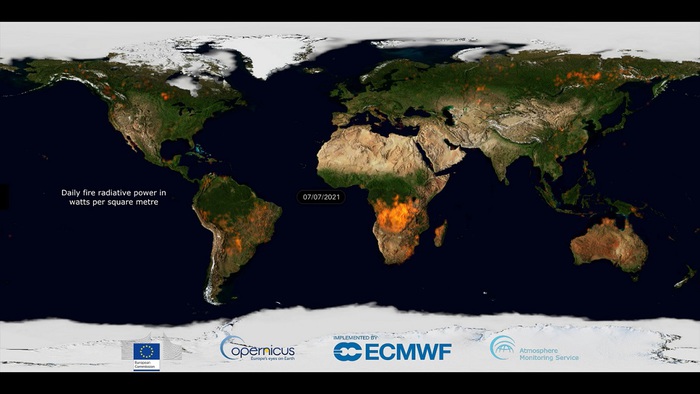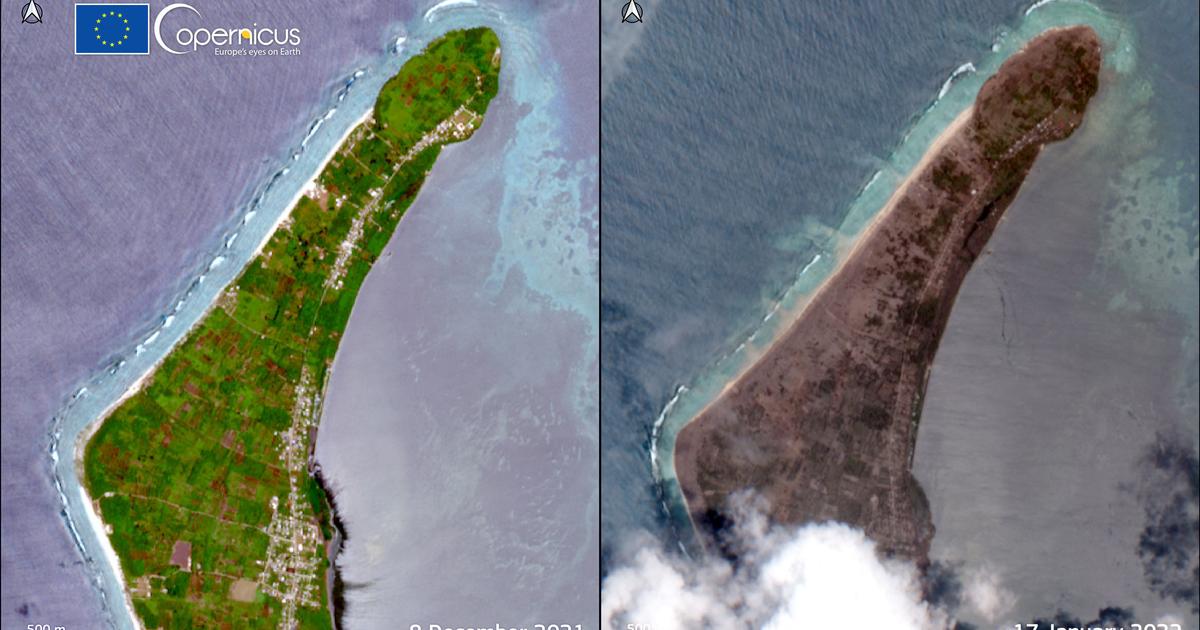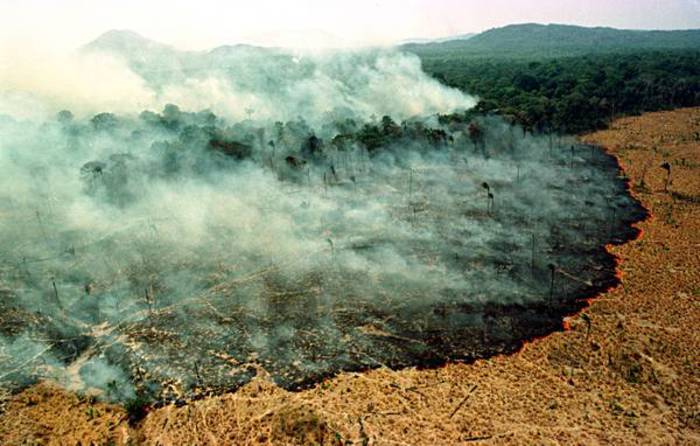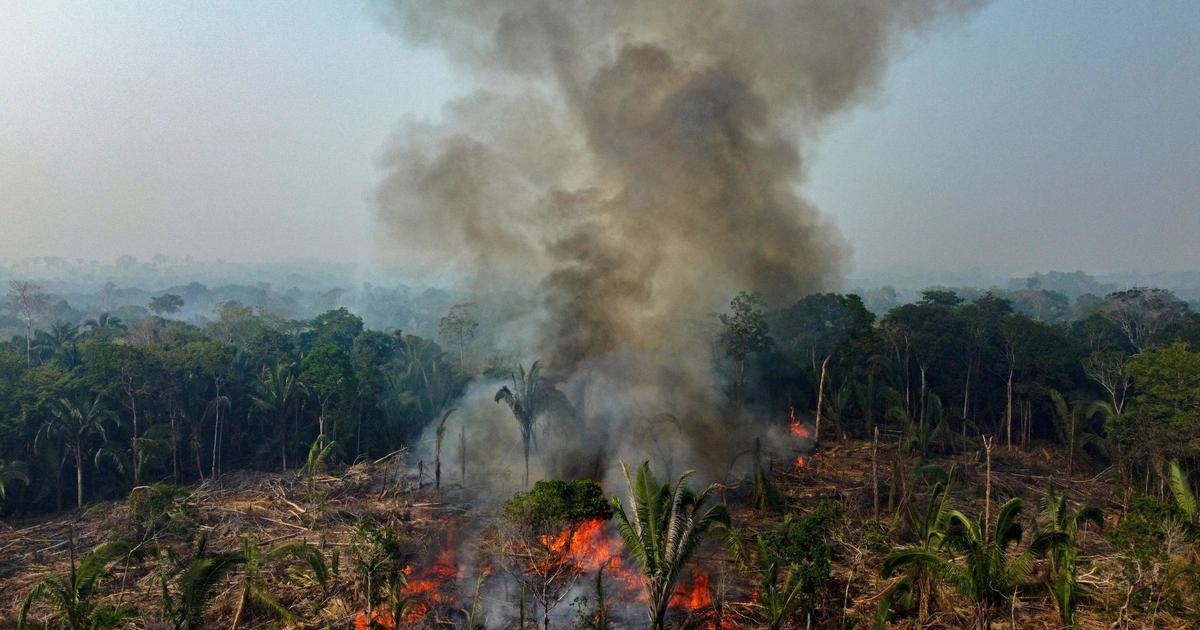2021 was a year of devastating fires that produced 1,760 megatonnes (or 1.76 billion tons) of carbon emissions in the world, an amount equivalent to 68% of the fossil fuel emissions produced by the European Union in all of 2020. : to trace this gloomy balance, which is also affected by the effects of climate change, are the data of the Copernicus Atmospheric Monitoring Service (CAMS), the Earth satellite observation program managed by the European Space Agency (ESA) and the European Commission.
"As the year draws to a close, we have seen that large regions have been affected by intense and prolonged fire activity, some of which have reached a level never before seen in the past two decades," says Mark Parrington, an expert at the 'ECMWF Copernicus Atmosphere Monitoring Service. "The drier and warmer regional conditions caused by global warming increase the risk of flammability and burning of vegetation and this has resulted in extremely large, rapidly developing and persistent fires that we have monitored."
The summer in particular proved to be the most critical season with record emissions in different parts of the globe: among the most affected are Siberia, North America, the eastern and central Mediterranean and North Africa. The monthly total of estimated emissions in July amounted to 343 megatonnes of carbon, of which more than half attributed to fires in North America and Siberia (already affected by fires in April in conjunction with an anomalous rise in temperatures ). In August, the situation even worsened, with a monthly total of 378 megatonnes of carbon released globally. In the Mediterranean region, the country most affected in July was Turkey, but the flames in the hot season did not spare Greece, Italy, Albania, Macedonia, Algeria and Tunisia either.
Implemented by the European Center for Medium-Term Weather Forecasts on behalf of the European Commission with EU funding, CAMS uses satellite observations to monitor active fires around the world, estimating emissions in near real time and forecasting the impact of pollution on air quality and the atmosphere.









